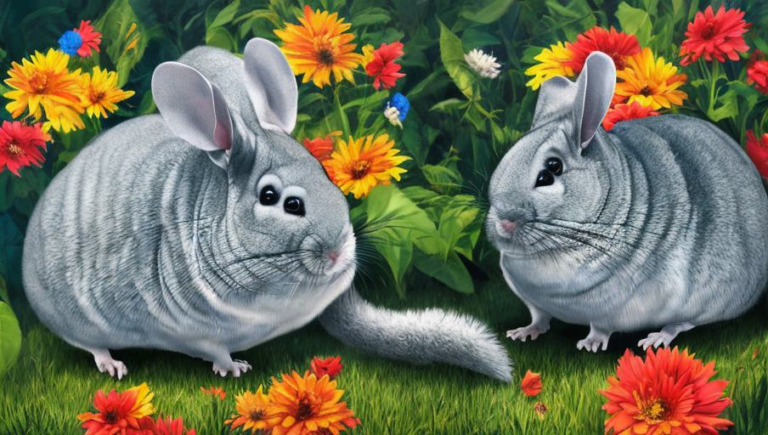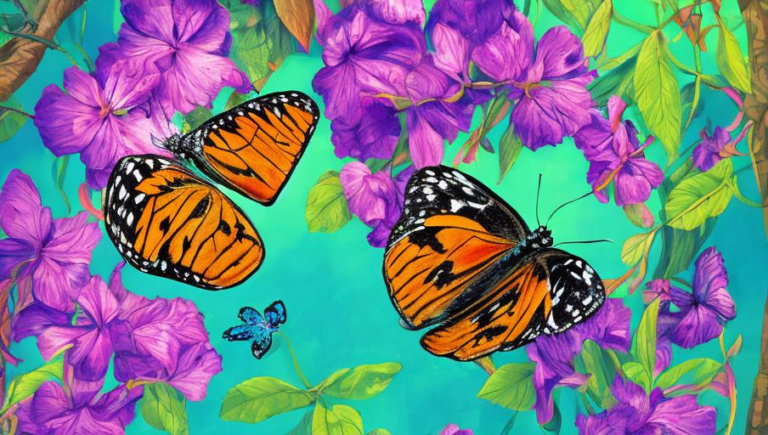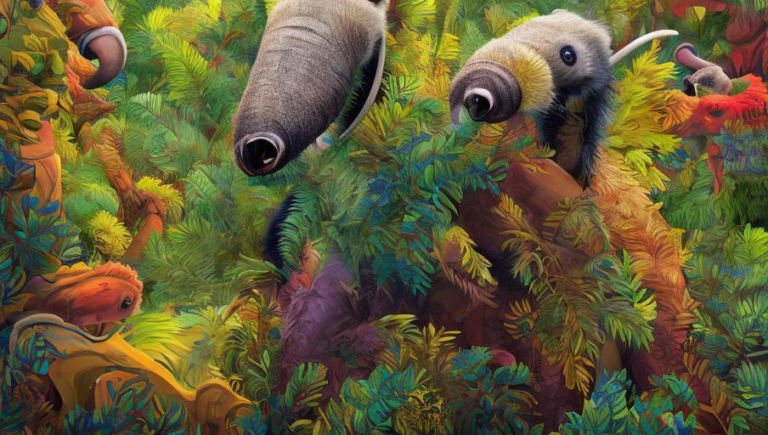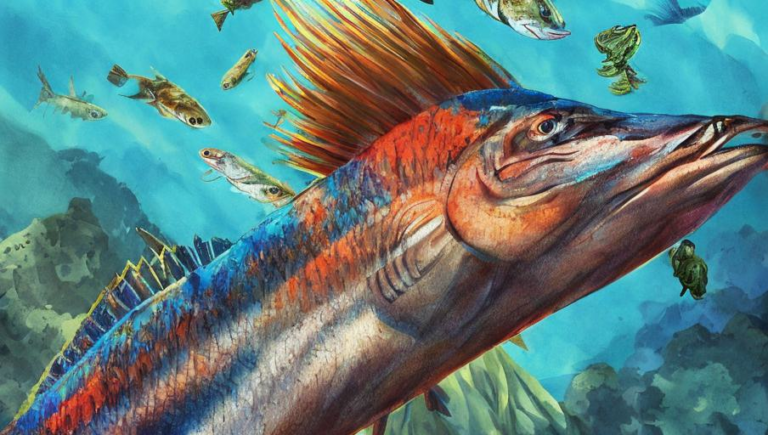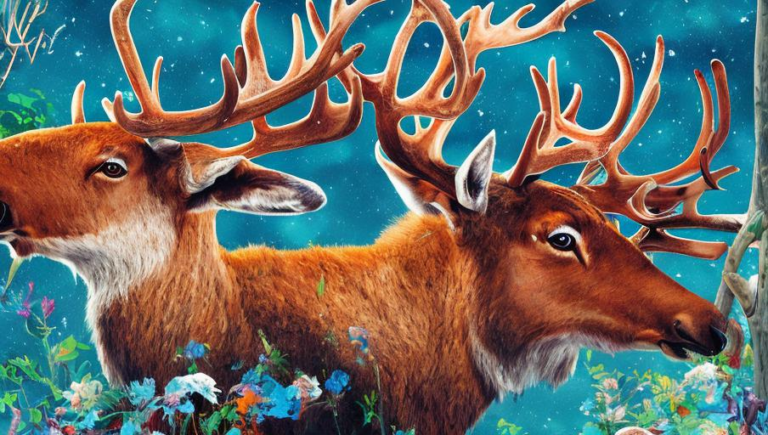The Rare Sight of Dunlins
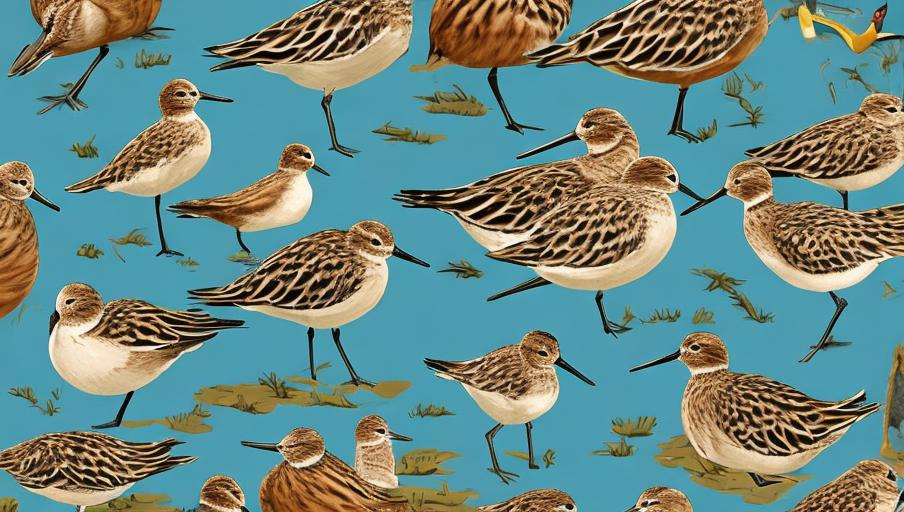
Introduction
Dunlins, small wading birds, are a species found in wetlands and coastal areas across the Northern Hemisphere. With their distinctive white stomachs, black wings and legs, and short, upturned beaks, they are a beautiful sight for birdwatchers. Although they are common in some areas, they can be hard to spot. As a species, Dunlins are considered to be of least concern on the International Union for Conservation of Nature (IUCN) Red List, but there are still many threats to their populations.
Habitat and Distribution
Dunlins are a migratory species, and during the summer months they can be found in wetlands, estuaries and coastal areas across the Northern Hemisphere. They breed in the Arctic tundra, and during the winter they migrate south to spend the colder months in more temperate climates. They are often seen in large flocks, which can number in the thousands.
Appearance and Diet
Dunlins are a small wading bird, measuring between 20-25 cm in length and weighing between 40-60 g. They have a black back and wings, with a white chest and belly and a distinctive white eyebrow. Their beaks are short and upturned, and they have long, dark legs. Dunlins feed mainly on small invertebrates, such as worms, crustaceans and molluscs, which they find by probing the mudflats with their beaks.
Threats and Conservation
Dunlins are considered to be of least concern on the IUCN Red List, but there are still many threats to their populations. Development and land reclamation can reduce the amount of suitable habitat available for them, and they can also be affected by over-fishing and pollution. Additionally, they are hunted for food and feathers in some parts of their range. Conservationists are working to protect Dunlins and their habitats, and ensure that their populations remain healthy and stable.
Conclusion
Dunlins are a beautiful species of wading bird found in wetlands and coastal areas across the Northern Hemisphere. Although they are of least concern on the IUCN Red List, there are still many threats to their populations, such as development, pollution, and hunting. Conservationists are working to protect Dunlins and their habitats, and ensure that their populations remain healthy and stable.
